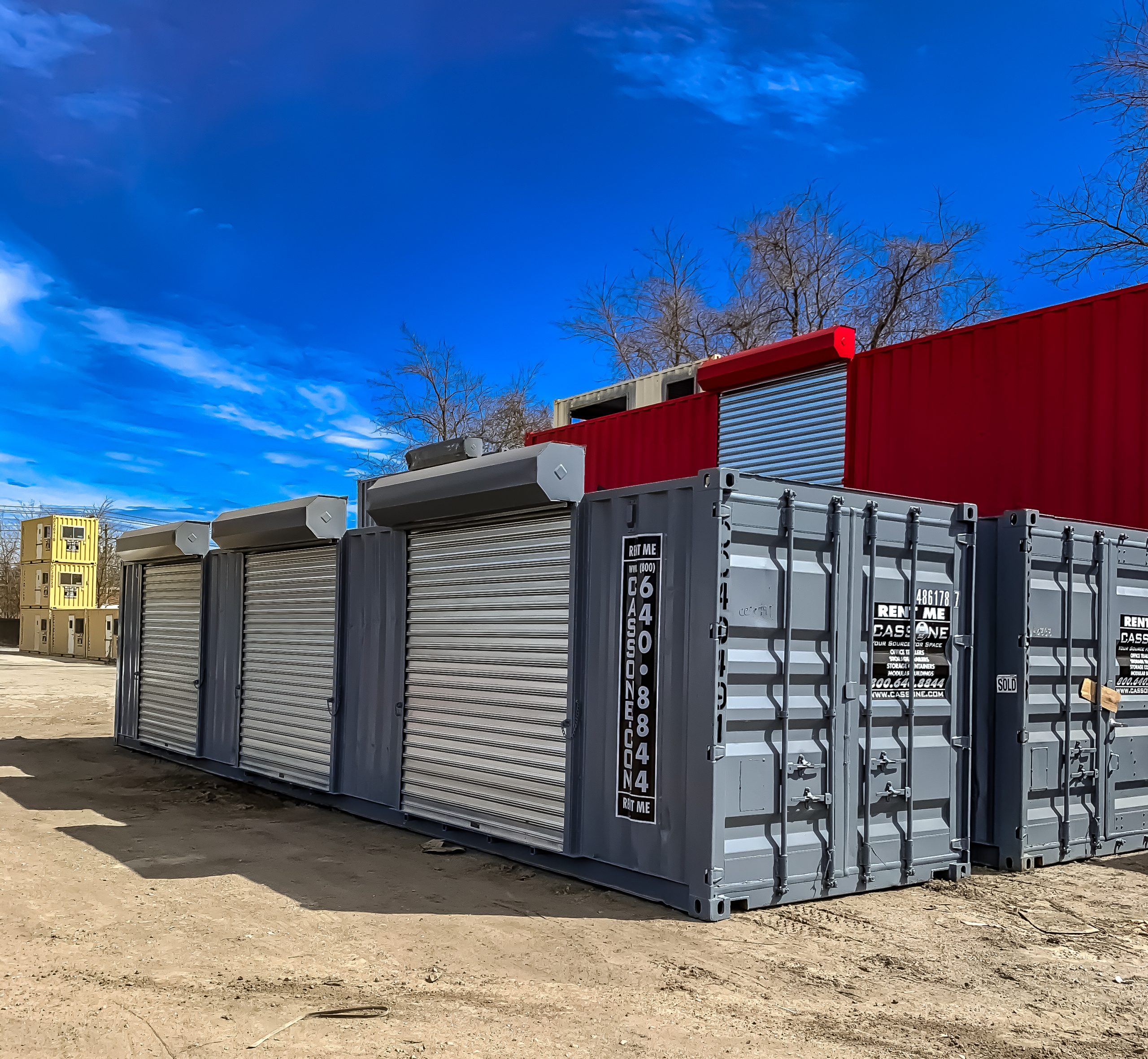 www.gazebocreations.com ```html
www.gazebocreations.com ```html Opening: Get Ready to Build Your Own 147+ Shed with Vertical Siding! This guide provides a comprehensive, step-by-step process for constructing a durable and visually appealing shed featuring vertical siding. We'll cover everything from planning and material acquisition to framing, siding installation, and finishing touches. So, grab your tools and let's get started!
Step 1: Planning and Preparation Determine Shed Size and Location: First, decide on the shed's dimensions to fit your needs and available space. Consider local building codes and any required permits. Mark the shed's footprint on your property. Create a Detailed Plan: Draw a blueprint that includes dimensions, framing details, door and window placement, and siding specifications. This plan will be your roadmap throughout the build. Gather Materials and Tools: Make a comprehensive list of all materials, including lumber, siding, roofing materials, fasteners, and hardware. Essential tools include a measuring tape, level, saw (circular saw or miter saw), drill, hammer, nail gun (optional), and safety gear.
Step 2: Foundation Construction Prepare the Site: Clear the area of vegetation and debris. Level the ground and compact it. Build a Base (Optional): You can use a gravel base, concrete slab, or a wooden skid foundation. A gravel base allows for drainage, while a concrete slab provides a more stable and permanent foundation. Wooden skids allow for portability. Ensure Leveling: Regardless of the foundation type, use a level to ensure the base is perfectly level. This is crucial for the structural integrity of the shed.
Step 3: Framing the Walls Cut the Lumber: Cut the lumber according to your plan, ensuring accurate measurements for studs, top plates, and bottom plates. Assemble the Walls: Lay out the top and bottom plates and position the studs at the specified intervals (typically 16" or 24" on center). Use nails or screws to secure the studs to the plates, creating the wall frames. Frame Openings: Frame door and window openings with headers and jack studs to provide support. Sheathe the Walls: Attach plywood or OSB sheathing to the exterior of the wall frames for added strength and weather protection.
Step 4: Raising and Securing the Walls Raise the Walls: Carefully lift the wall frames into place, starting with the corners. Use temporary bracing to hold the walls upright. Plumb and Square: Use a level to ensure the walls are plumb (perfectly vertical) and a square to ensure the corners are 90 degrees. Secure the Walls: Connect the walls to each other and to the foundation using appropriate fasteners.
Step 5: Roof Framing Build Rafters or Trusses: Choose between rafters (site-built) or trusses (pre-fabricated). Rafters require more skill and time, while trusses offer ease of installation. Install Rafters or Trusses: Position the rafters or trusses according to your plan and secure them to the top plates of the walls. Install Sheathing: Cover the rafters or trusses with plywood or OSB sheathing.
Step 6: Roofing Installation Apply Underlayment: Install roofing underlayment (felt paper or synthetic underlayment) over the sheathing to provide a moisture barrier. Install Roofing Material: Install your chosen roofing material (shingles, metal roofing, etc.) according to the manufacturer's instructions. Be sure to overlap each layer properly for weather protection.
Step 7: Installing Vertical Siding Prepare the Walls: Install furring strips horizontally to the sheathed walls, spaced according to the siding manufacturer's recommendations. These provide a nailing surface for the vertical siding. Install Siding: Start at one corner and install the vertical siding boards, ensuring they are plumb and properly aligned. Use nails or screws to attach the siding to the furring strips. Overlap or Butt Joints: Depending on the type of siding, you may need to overlap the boards slightly or create tight butt joints. Follow the manufacturer's recommendations. Trim Details: Install trim around windows, doors, and corners for a finished look.
Step 8: Installing Doors and Windows Frame the Openings: Ensure the door and window openings are properly framed and level. Install Doors and Windows: Install the doors and windows according to the manufacturer's instructions. Ensure they are plumb and square. Seal the Openings: Caulk around the doors and windows to prevent drafts and water intrusion.
Step 9: Finishing Touches Paint or Stain: Paint or stain the siding and trim to protect it from the elements and enhance its appearance. Interior Finishing (Optional): Add insulation, drywall, or paneling to the interior if desired. Landscaping: Improve the surrounding area by adding landscaping and ensuring proper drainage.
Conclusion: Enjoy Your New Shed! You've successfully built your own 147+ shed with vertical siding! This durable and functional structure will provide valuable storage space for years to come. Remember to periodically inspect and maintain your shed to ensure its longevity.
``` Cedar Shed Kits, Cedar Garden & Storage Sheds
 cedarshed.com
cedarshed.com Cedar Lap Siding Saltbox Sheds
 www.gazebocreations.com
www.gazebocreations.com Cedar Lap Siding Deluxe Estate Sheds
 www.gazebocreations.com
www.gazebocreations.com ![The 14 best storage units in toronto [2022]](https://i0.wp.com/torontoblogs.ca/wp-content/uploads/2022/04/surface-image-cart-with-cardboard-boxes-empty-hall-self-storage-facility-copy-space.jpg) torontoblogs.ca
torontoblogs.ca  www.cassone.com
www.cassone.com  barbaraiweins.com
barbaraiweins.com  storagearts.com
storagearts.com  www.etsy.com
www.etsy.com  www.etsy.com
www.etsy.com  unsplash.com
unsplash.com  www.freeimages.com
www.freeimages.com  www.apartmentguide.com
www.apartmentguide.com  facts.net
facts.net  www.alamy.com
www.alamy.com  www.flickriver.com
www.flickriver.com  www.freeimages.com ```html
www.freeimages.com ```html  www.mineralienatlas.de
www.mineralienatlas.de  www.pinterest.co.uk
www.pinterest.co.uk  www.pinterest.com
www.pinterest.com  storage.googleapis.com
storage.googleapis.com  www.amazon.com
www.amazon.com  www.walmart.com
www.walmart.com  www.mefoto.com
www.mefoto.com  www.patrickdaniellaw.com ```html
www.patrickdaniellaw.com ```html  www.ggfl.ca
www.ggfl.ca  www.bestnc.org
www.bestnc.org  geology.com
geology.com  www.keter.com
www.keter.com  www.pinterest.com
www.pinterest.com  www.dutchcrafters.com ```html
www.dutchcrafters.com ```html  shedwork.blogspot.com
shedwork.blogspot.com